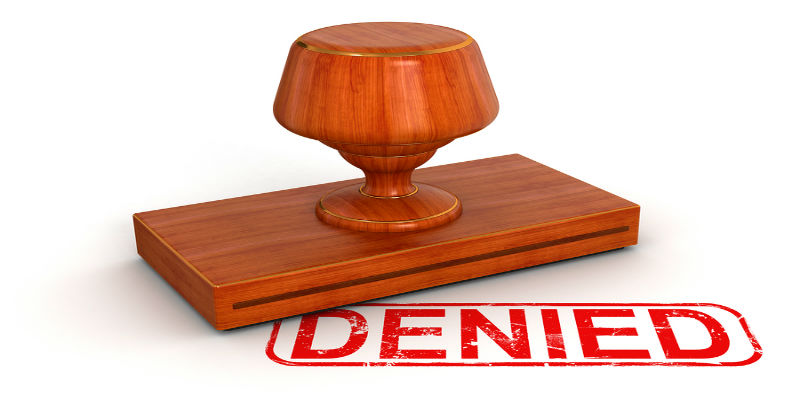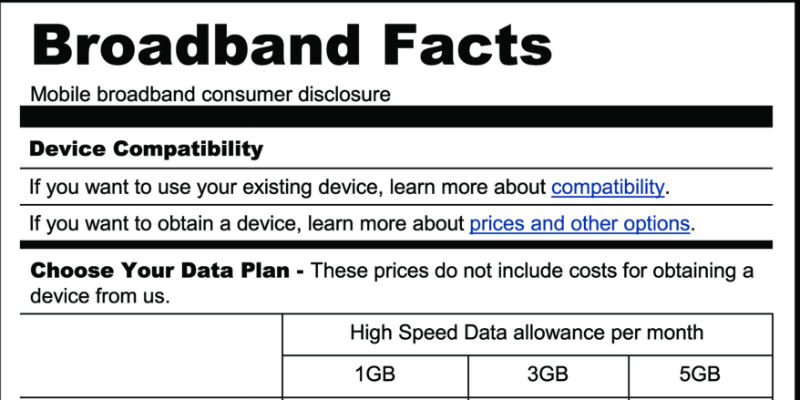In order to ensure that the ever-increasing number of fixed white space devices do not interfere with licensed services and in an attempt to improve the accuracy and reliability of the fixed white space device data recorded in databases, the FCC has released a Report and Order and Order on Reconsideration adopting rules that will require newly manufactured fixed white space devices to include either (1) an internal geolocation capability or, (2) where the device is in a location where its internal geolocation capability does not function, an external geolocation source that is connected to the device through either a wired or wireless connection. The Commission has retained the +/- 50 meter geolocation accuracy requirement, but has removed the option of having a professional installer determine the device’s geolocation accuracy, choosing instead to require devices to determine and report their geolocations on a daily basis when making requests for lists of available channels.
The Commission also resolved several petitions for reconsideration regarding the Commission’s previously-implemented white space rules, denying all of them except a portion of the petition filed by the Wireless Internet Service Providers Association (WISPA), which had requested that the Commission reconsider its decision to not increase the maximum allowable antenna heights above ground for fixed white space devices. In response to this portion of WISPA’s petition, the Commission elected to increase the allowable fixed white space device antenna height above ground level from 30 meters to 100 meters in “less congested areas,” which include “those areas where at least half of the television channels in the white space device’s band of operation are vacant, i.e., available for use by white space devices.”
The Commission will required fixed white space devices approved by the Telecommunications Certification Bodies (TCBs) to comply with these new rules beginning six months after the rules’ effective date (i.e., the date of publication in the Federal Register).








